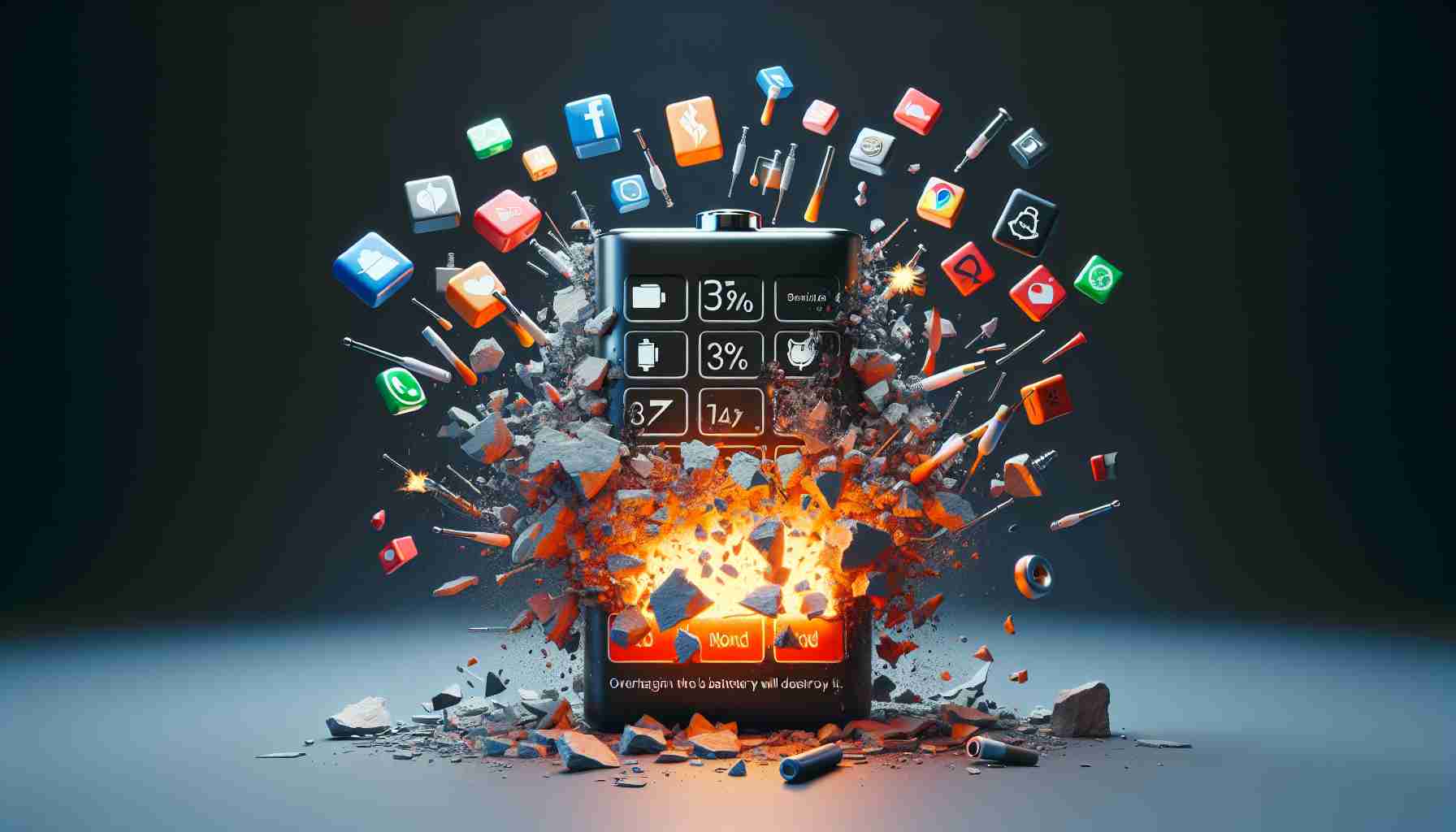The notion that the new iPhone 16’s battery could explode has garnered unfounded attention. Following its launch, many analysis reports highlighted the device’s steel battery casing. This sparked various conspiracy theories, particularly after the Lebanon incident, with claims that the steel casing would exacerbate explosion risks by trapping heat and pressure.
However, these rumors overlook fundamental facts about smartphone batteries. Lithium-ion batteries, the core component in phones, pose the greatest risk for explosions due to their chemical properties. Short circuits, often linked to uneven lithium ion deposits, can lead to thermal runaway—a condition where battery heat spirals out of control.
To combat these risks, Apple has incorporated several safety measures in the iPhone 16’s steel battery design. The new high-pressure valve technology aims to relieve excess pressure, significantly mitigating the chance of thermal runaway. Moreover, the robust steel casing is far less likely to shatter into dangerous shrapnel, even in the event of failure.
Contrary to these fears, steel batteries are already ubiquitous in devices like laptops and electric vehicles, with Tesla utilizing similar designs. Apple’s prior use of metal casings in products, such as the Apple Watch, demonstrates a proven safety track record.
As technology evolves, so do safety standards. The panic surrounding the iPhone 16’s battery reflects a broader challenge of misinformation, but clear evidence indicates that the new design does not turn smartphones into threats. Instead, advancements serve to enhance safety and performance across electronic devices.
Understanding Battery Safety: Tips and Facts for Everyday Life
As the fears surrounding the new iPhone 16 battery illustrate, misinformation can spread quickly, often overshadowing essential facts about technology and safety. Here’s a guide to understanding smartphone battery risks, useful tips, and interesting facts that can help you navigate your devices safely, whether at work, school, or in everyday life.
1. Know the Risks of Lithium-Ion Batteries
Lithium-ion batteries are indeed the standard in most electronic devices, but understanding how they work can help dispel myths. These batteries can potentially overheat due to short circuits, which generally occur from manufacturing defects or physical damage—not simply the materials used. Ensure your device is in good condition to minimize risks.
2. Safety Features Matter
Modern devices are equipped with multiple safety mechanisms. The iPhone 16, for example, integrates high-pressure valves designed to release excess pressure safely. Familiarize yourself with your device’s safety features—knowing that manufacturers invest heavily in these technologies can give you peace of mind.
3. Follow Proper Charging Practices
Overcharging and using the wrong charger are common practices that can inadvertently create hazards. Always use the charger that came with your device or a certified replacement. Avoid charging your phone overnight or leaving it unattended during charging, if possible, to minimize risks.
4. Protect Your Device
Casing materials and design can influence battery safety significantly. Ensure your phone is in a sturdy case to protect against drops and impacts, which can damage internal battery components and lead to risks.
5. Keep an Eye on Temperature
Batteries operate best at room temperature. Extreme temperatures, both hot and cold, can affect performance and safety. Avoid leaving your phone in direct sunlight or in a cold environment, such as a car during winter.
6. Stay Informed
With rapidly evolving technology, consumers should stay updated with reputable sources about their devices. News regarding safety recalls, software updates, or design changes can impact how you use your device safely.
7. Digital Cleanliness Matters
Regularly updating your smartphone’s software can enhance performance and resolve bugs that might cause battery strain. Keeping your device free of unnecessary apps and data can also help prolong battery life, reducing the need for frequent charging.
Interesting Fact: Did you know that the technology used in the iPhone 16’s battery is already implemented in other devices like electric vehicles? Companies like Tesla use advanced battery technologies similar to Apple’s, showcasing the extensive research that goes into ensuring safety.
In conclusion, understanding the underlying technology and safety mechanisms related to smartphone batteries can significantly impact how we perceive and use our devices. As you navigate your everyday tasks at work, school, and home, incorporating these tips can help you ensure safety while enjoying the latest technological advancements. For more insights, visit Apple’s official site for information on battery care and maintenance.























